After nearly 2 years of restoration and repair, the Japanese Covered Bridge relic (Hoi An city, Quang Nam) has put on a new look, attracting the attention of tourists when coming to Hoi An ancient town.
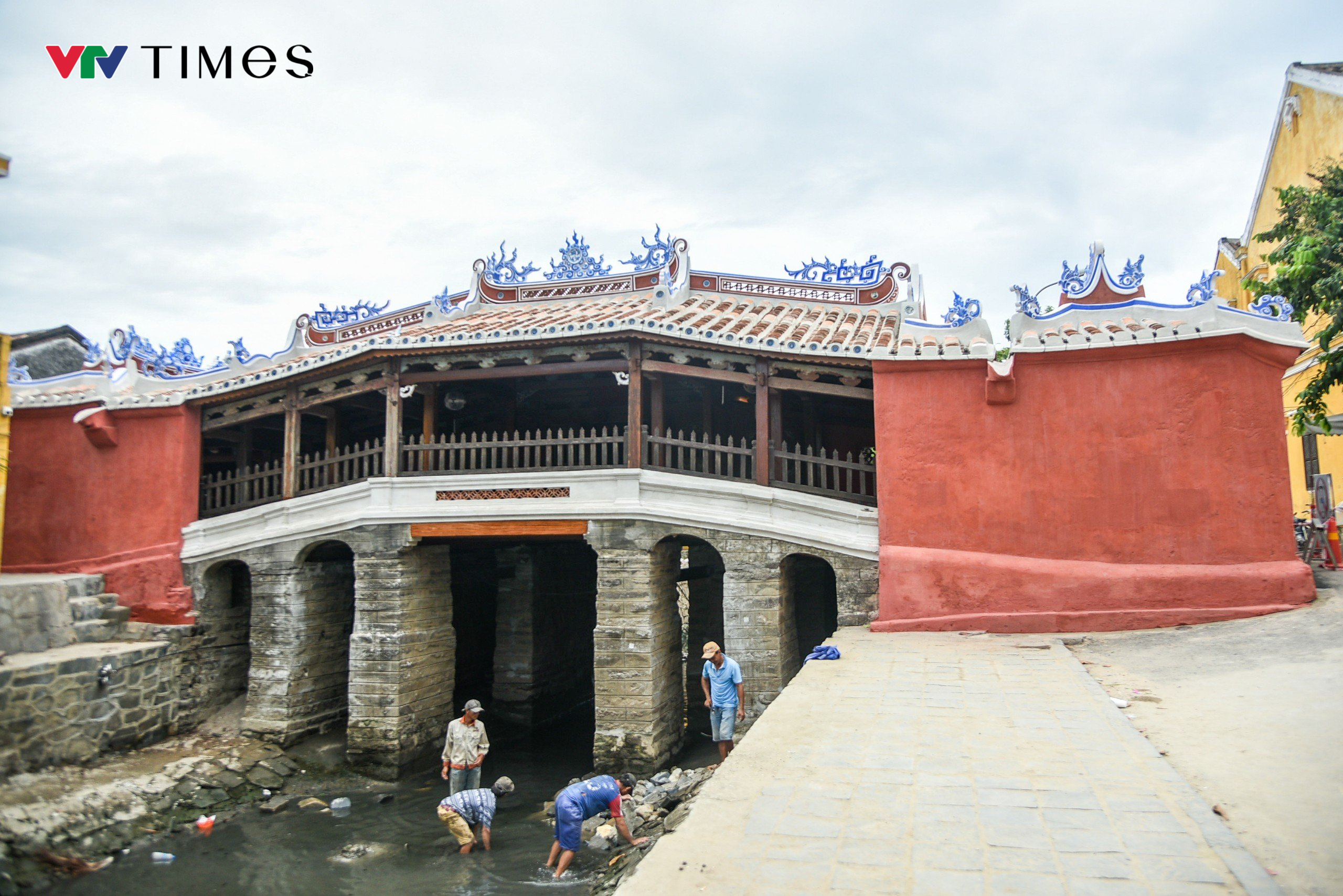
The Japanese Covered Bridge (also known as Lai Vien Bridge) is the only remaining Japanese architectural work in the ancient town of Hoi An (Quang Nam) today. It is considered a symbol connecting "the past and the present" in the extensive relationship between Vietnam and Japan over the past hundreds of years.
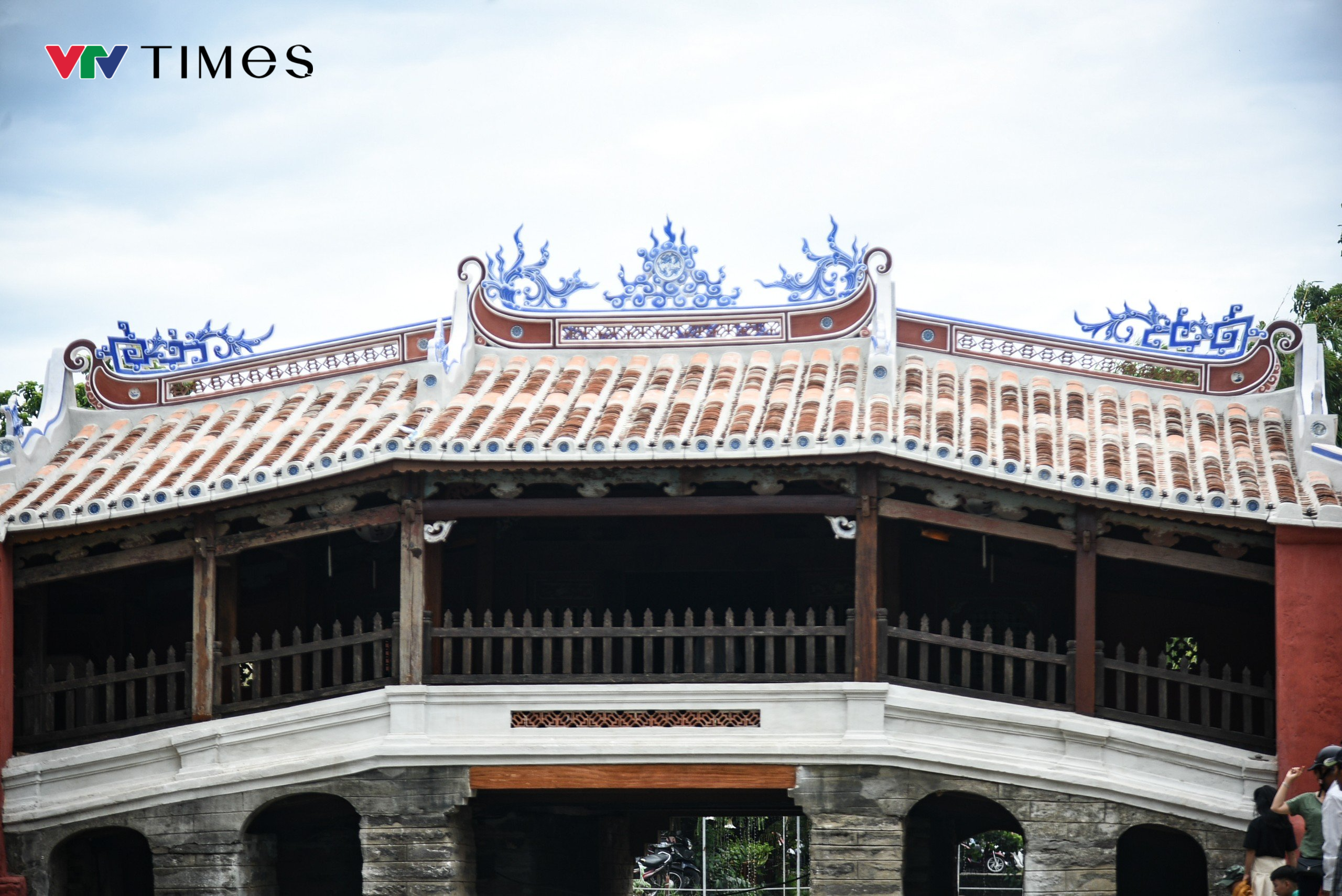
The Japanese Covered Bridge has a very unique architecture. The pagoda was built on a wooden bridge about 18m long, spanning a deep creek flowing into the river. In the middle of the bridge is a straight path for horse-drawn carriages to pass, on both sides are two donkey-back paths for pedestrians. The main facade of the pagoda faces the poetic Hoai River. The pagoda and the bridge are both painted red and carved very elaborately with many beautiful motifs. In the pagoda, there is a statue of the Northern Emperor riding a dragon. At both ends of the bridge, on one side are two dog statues, on the other side are two monkey statues. Legend has it that these are animals that the Japanese have revered and worshipped since ancient times.
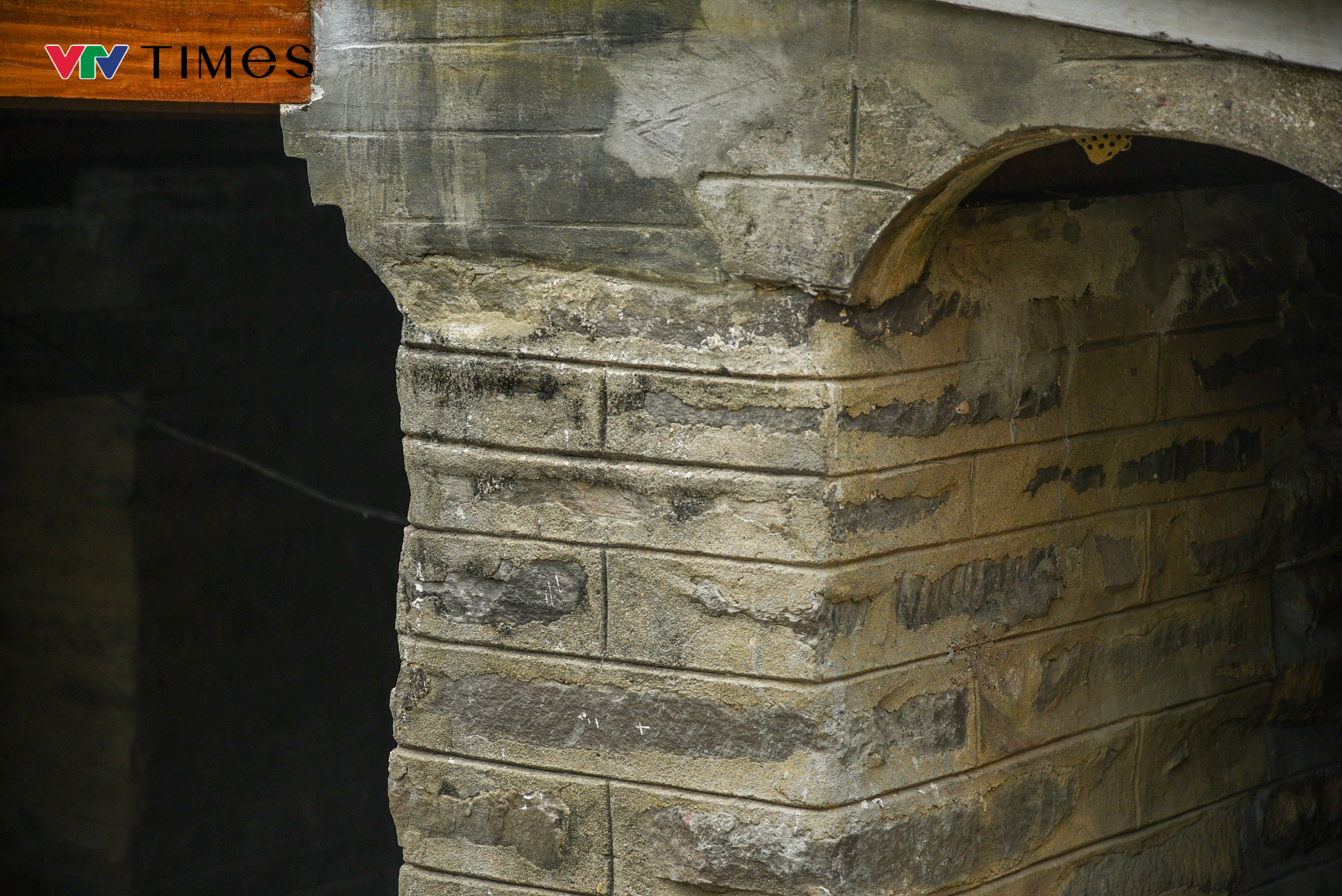
According to information from Hoi An city leaders, after more than 400 years of existence, affected by many factors of time, natural environment and humans, the relic has been seriously degraded. Despite 7 repairs, the Japanese Covered Bridge is still in a dangerous state of degradation and needs a comprehensive restoration solution.
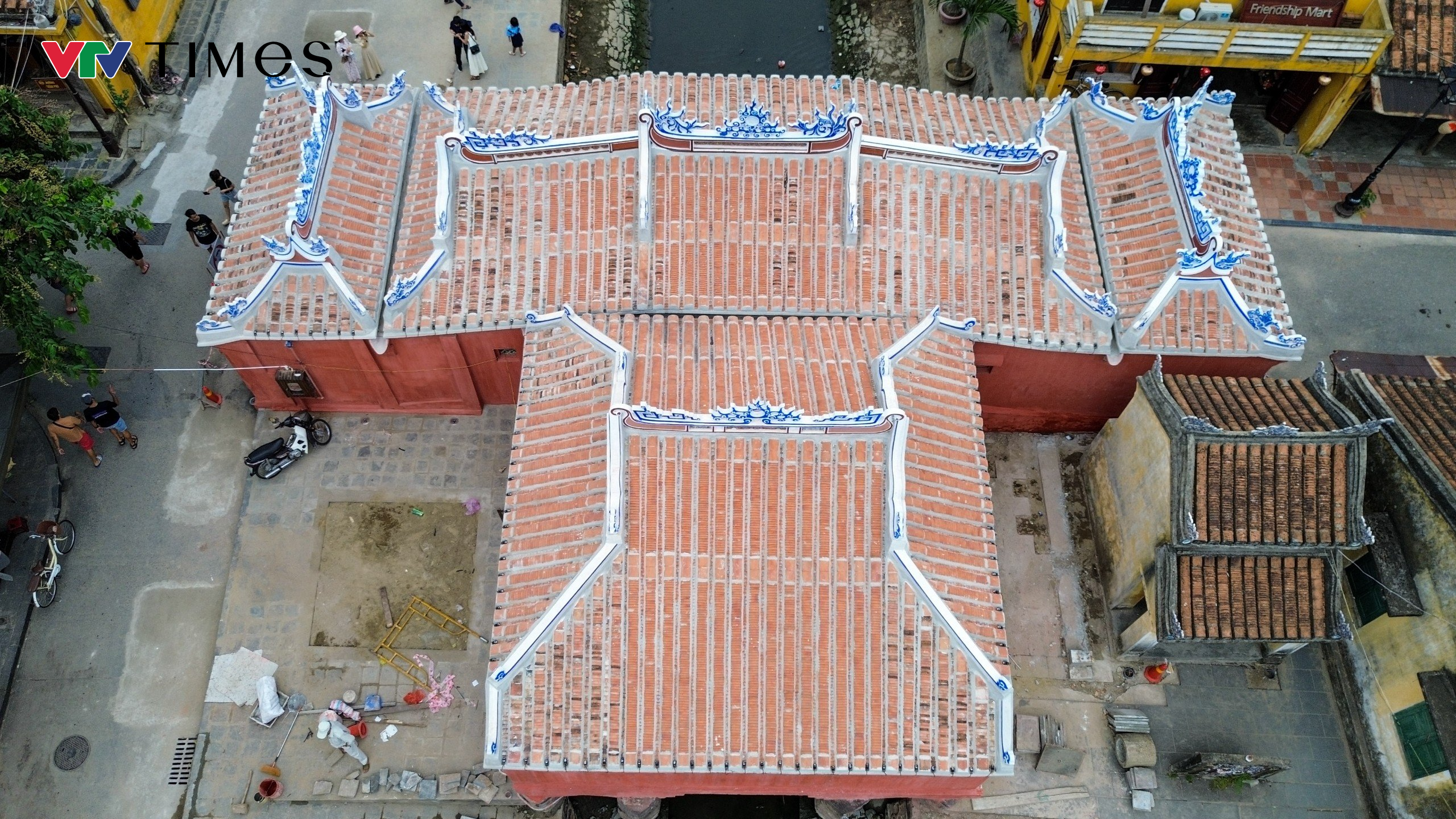
At the end of 2022, the major restoration project of the Japanese Covered Bridge was implemented by Quang Nam Province with a total budget of more than 20 billion VND. It can be said that this is the largest and most methodical restoration using the demolition method.
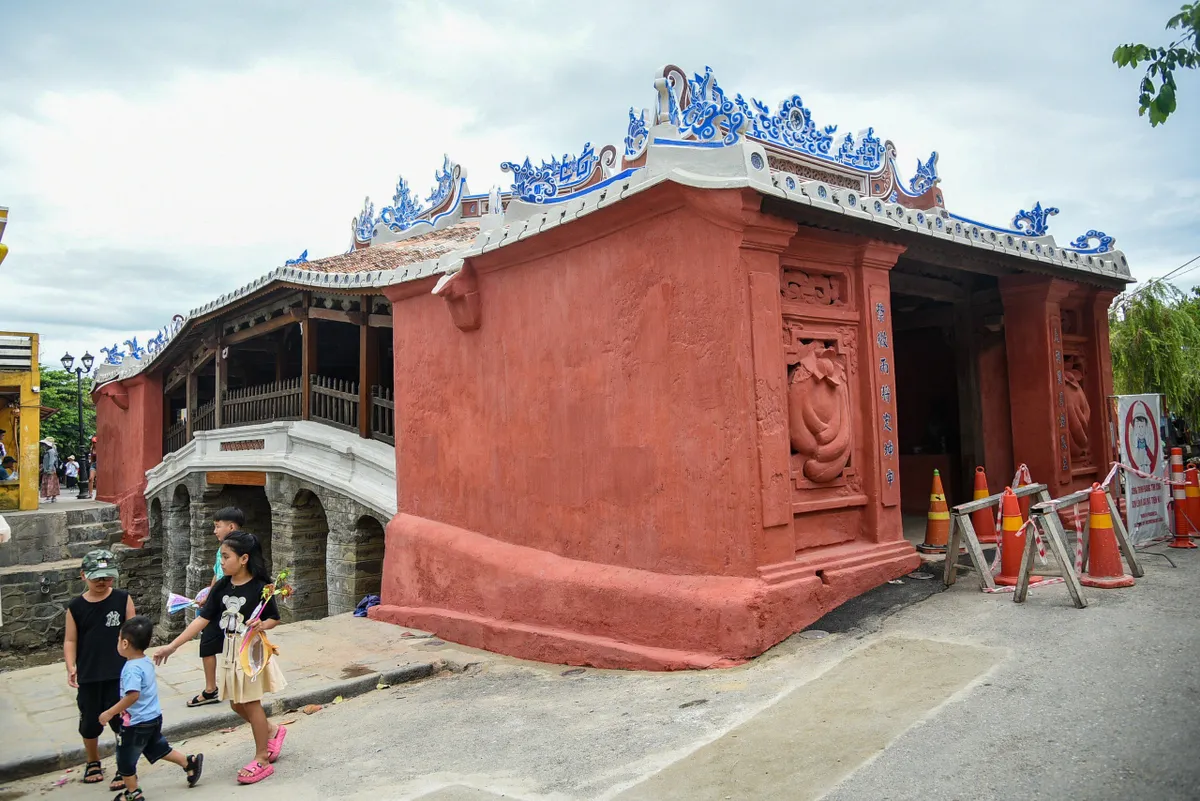
According to VTV Times reporter on the morning of July 28, the Japanese Covered Bridge relic in Hoi An ancient town is still being restored and undergoing the final stages of construction to prepare for its inauguration on August 2.
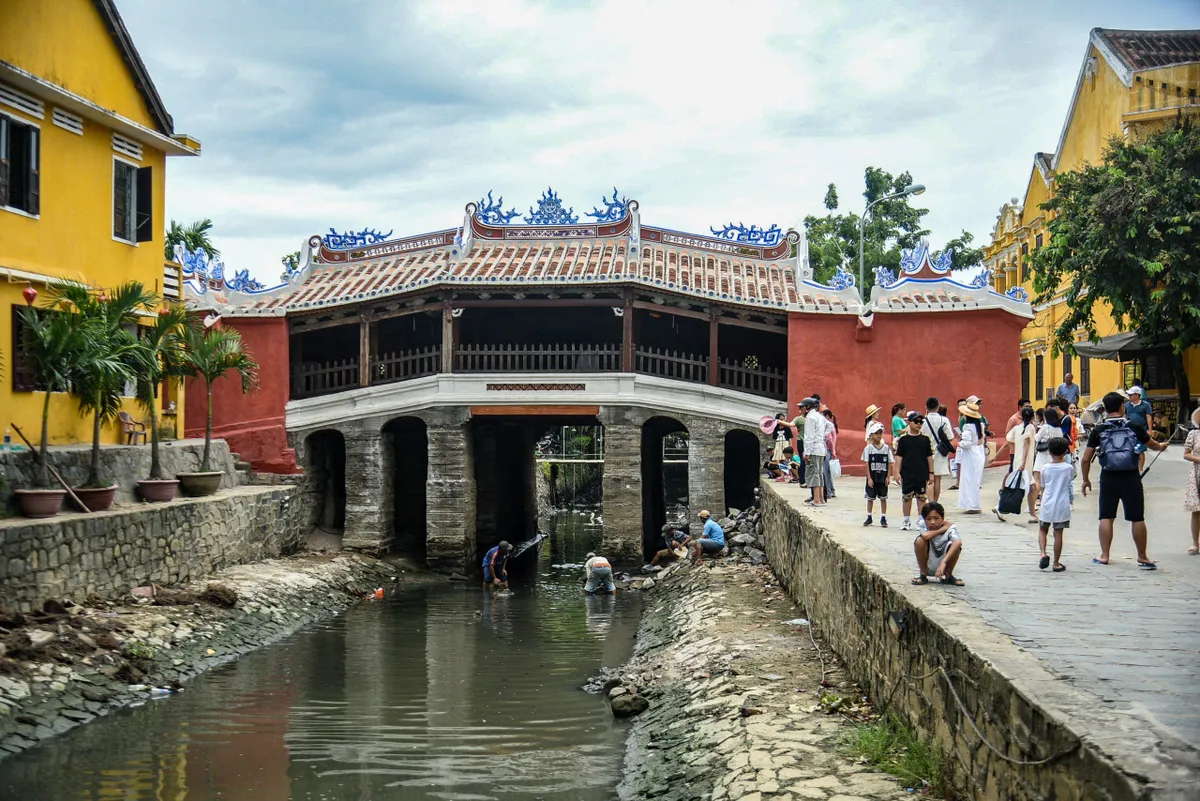
Currently, the iron frame and corrugated iron roof surrounding the pagoda have been dismantled after restoration.
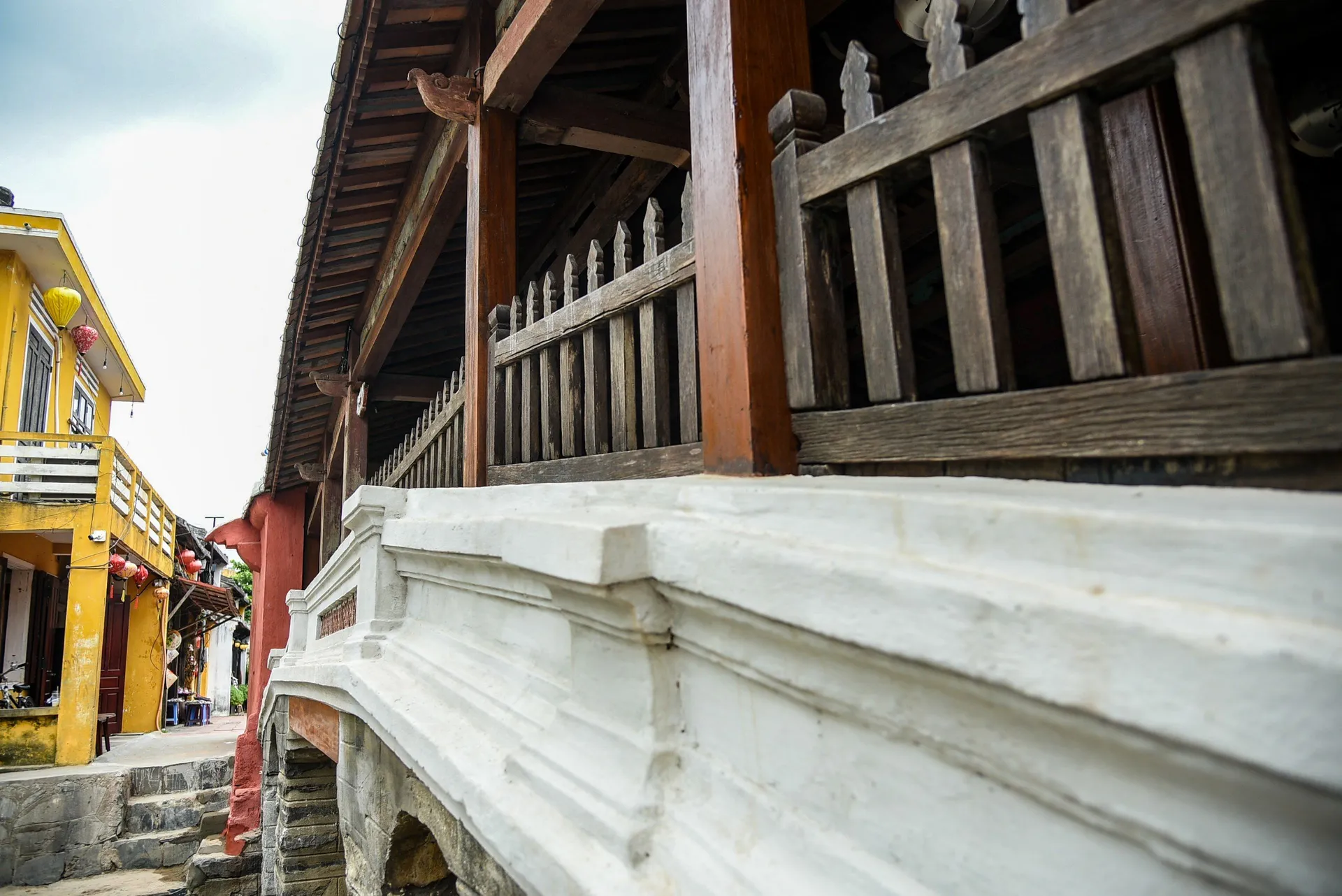
All restoration items including: foundation, piers, piers; floor system, wooden frame, roof; electrical system, termite protection... have been completed.
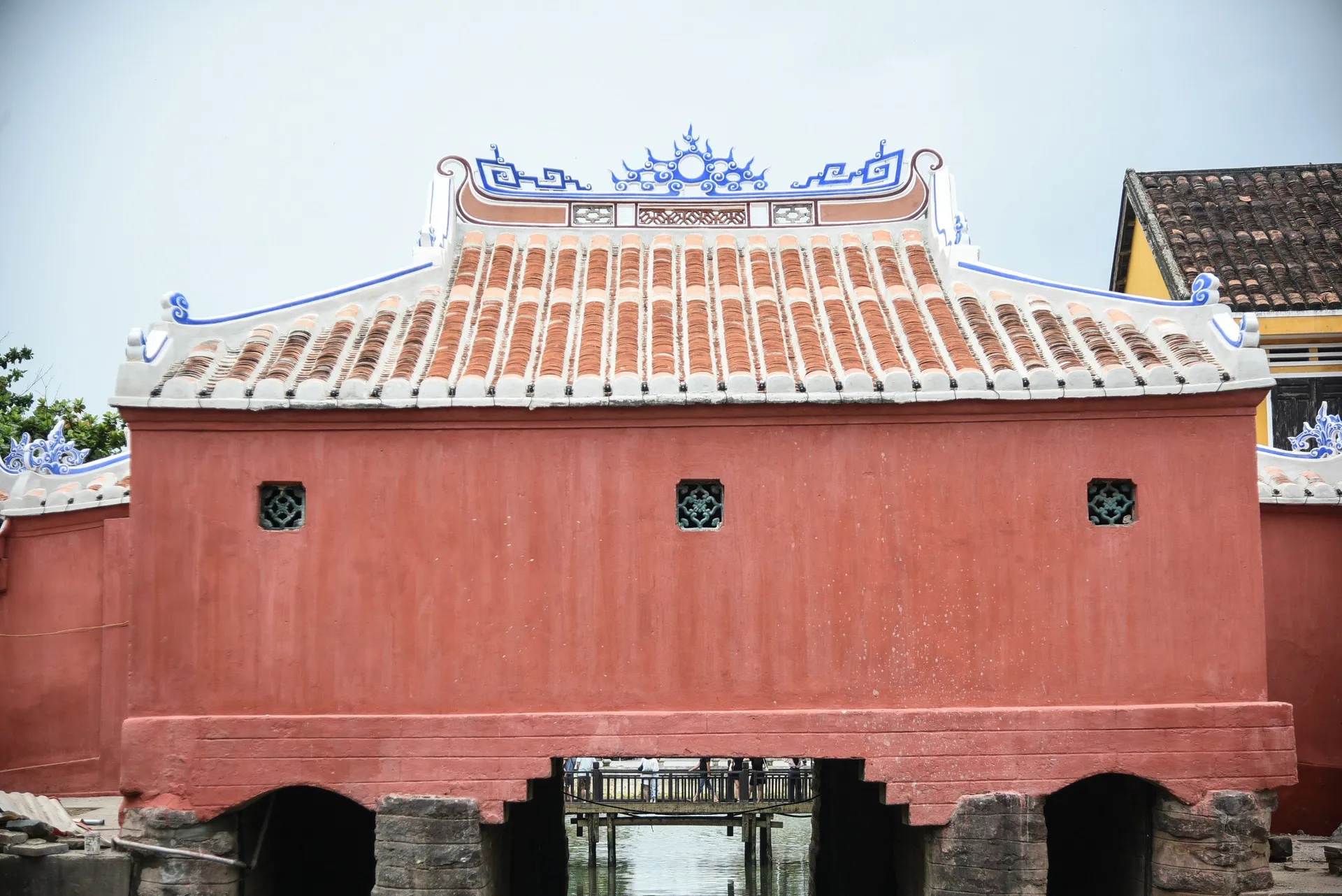
The Japanese Covered Bridge relic is wearing a new coat of red paint, this color has existed since before 1985 - the time when the Japanese Covered Bridge was recognized as a national relic.
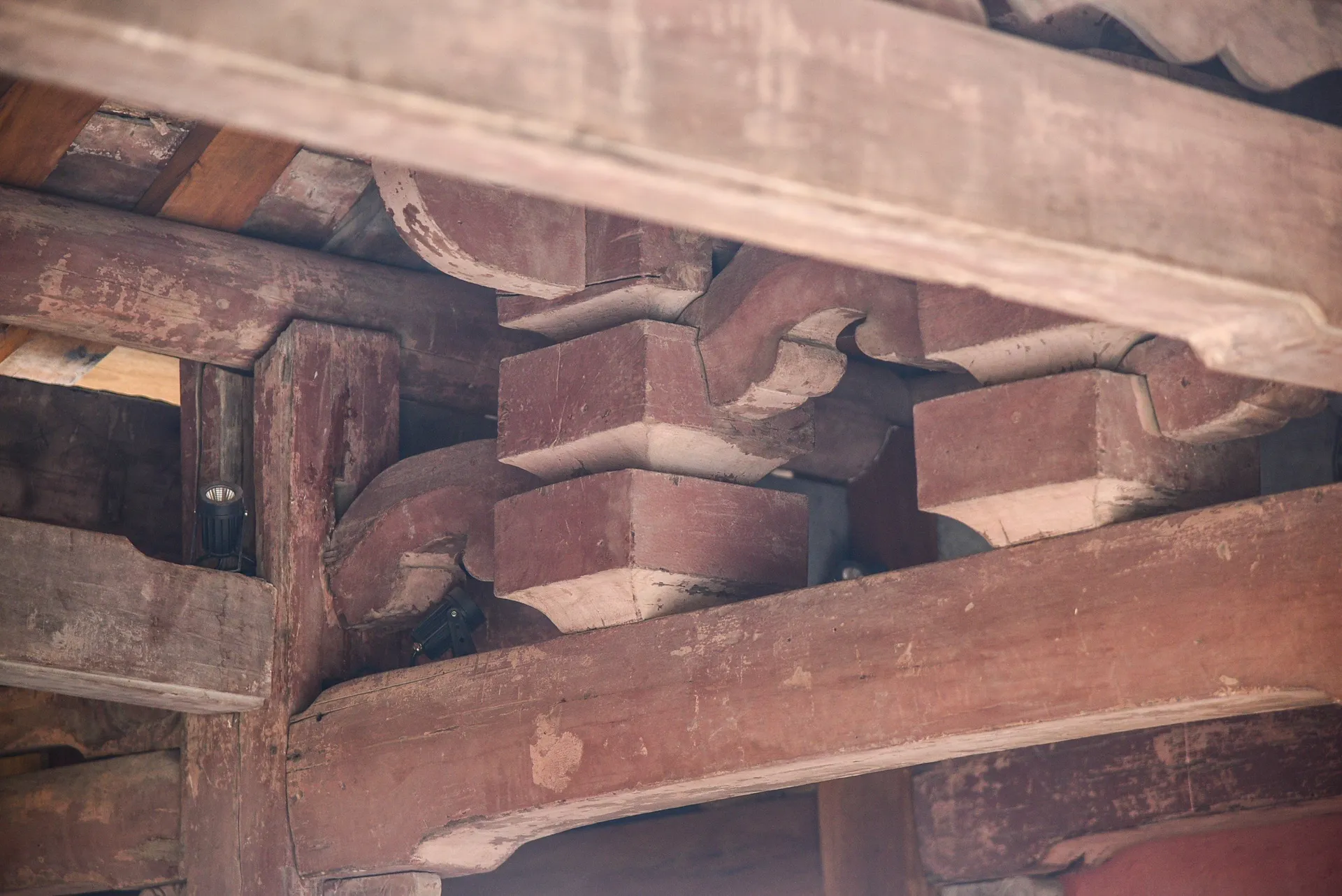
The wooden structure of the pagoda was reinforced with new timber. This interlacing arrangement is considered quite harmonious between using new timber and retaining the maximum amount of good timber.
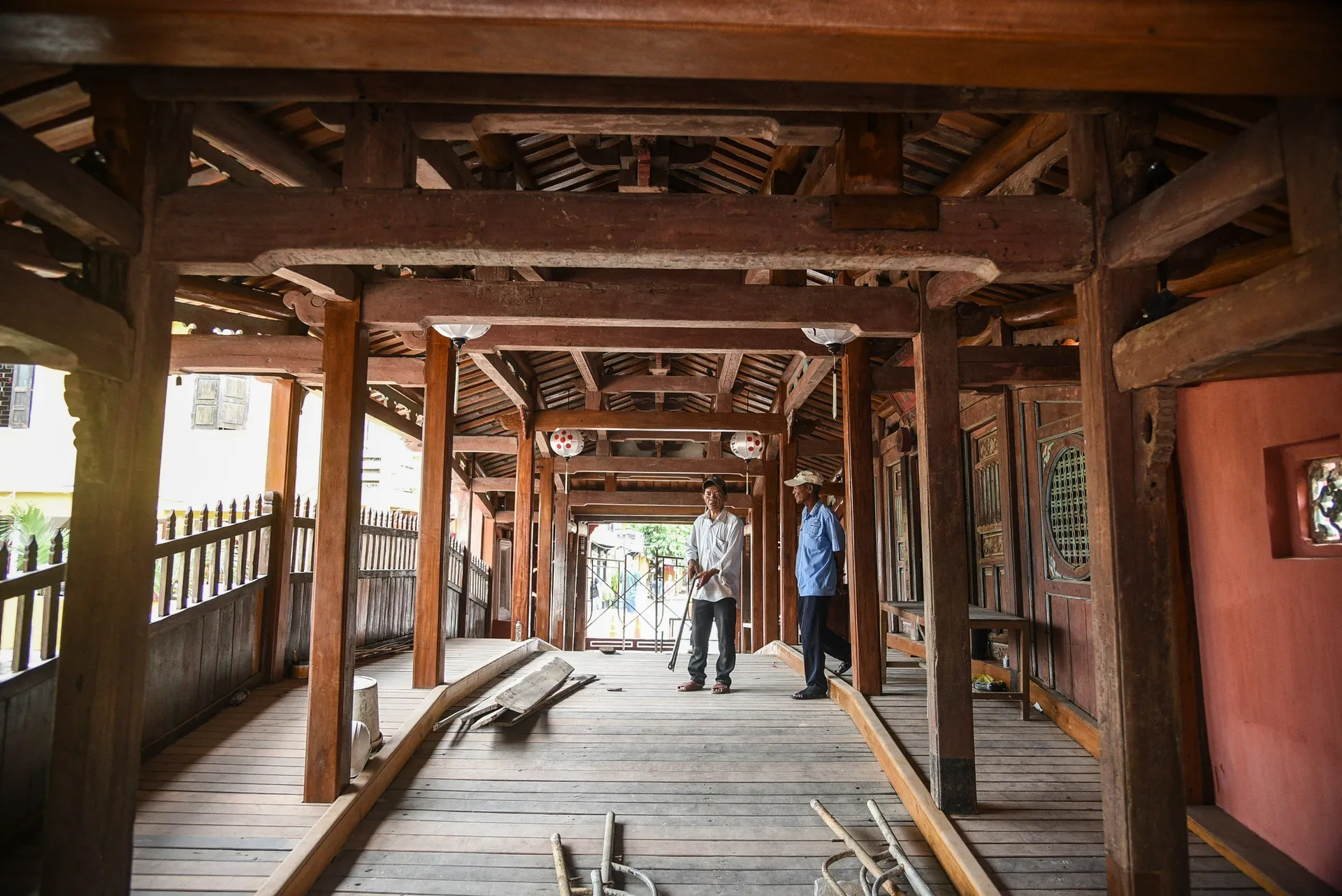
After a while, the construction had to stop because of the controversy over whether the floor of the Japanese Covered Bridge was "curved or straight". Up to now, after restoration, the floor of the Japanese Covered Bridge still retains its curved surface.
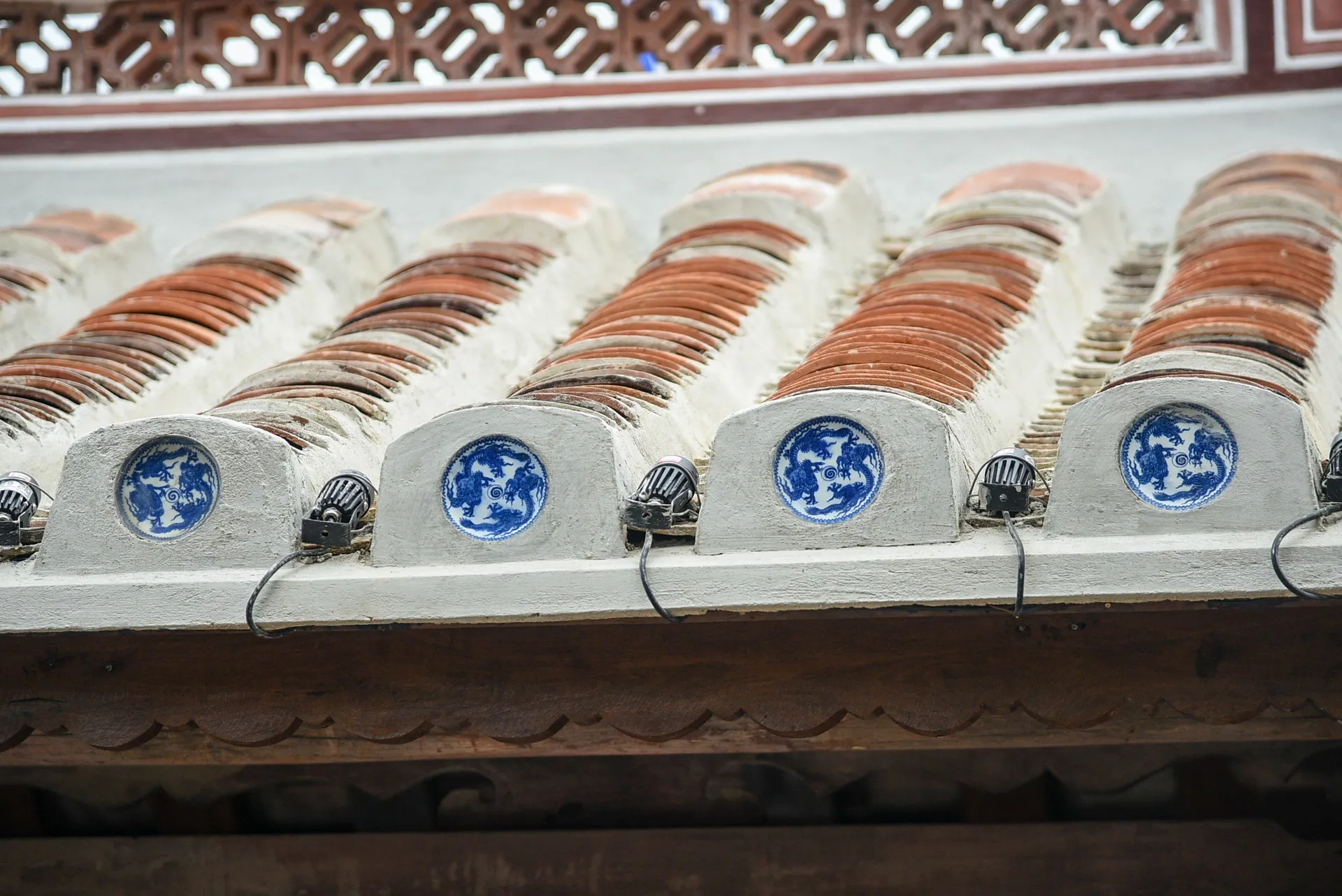
The old yin-yang roof tiles have been replaced with new ones.
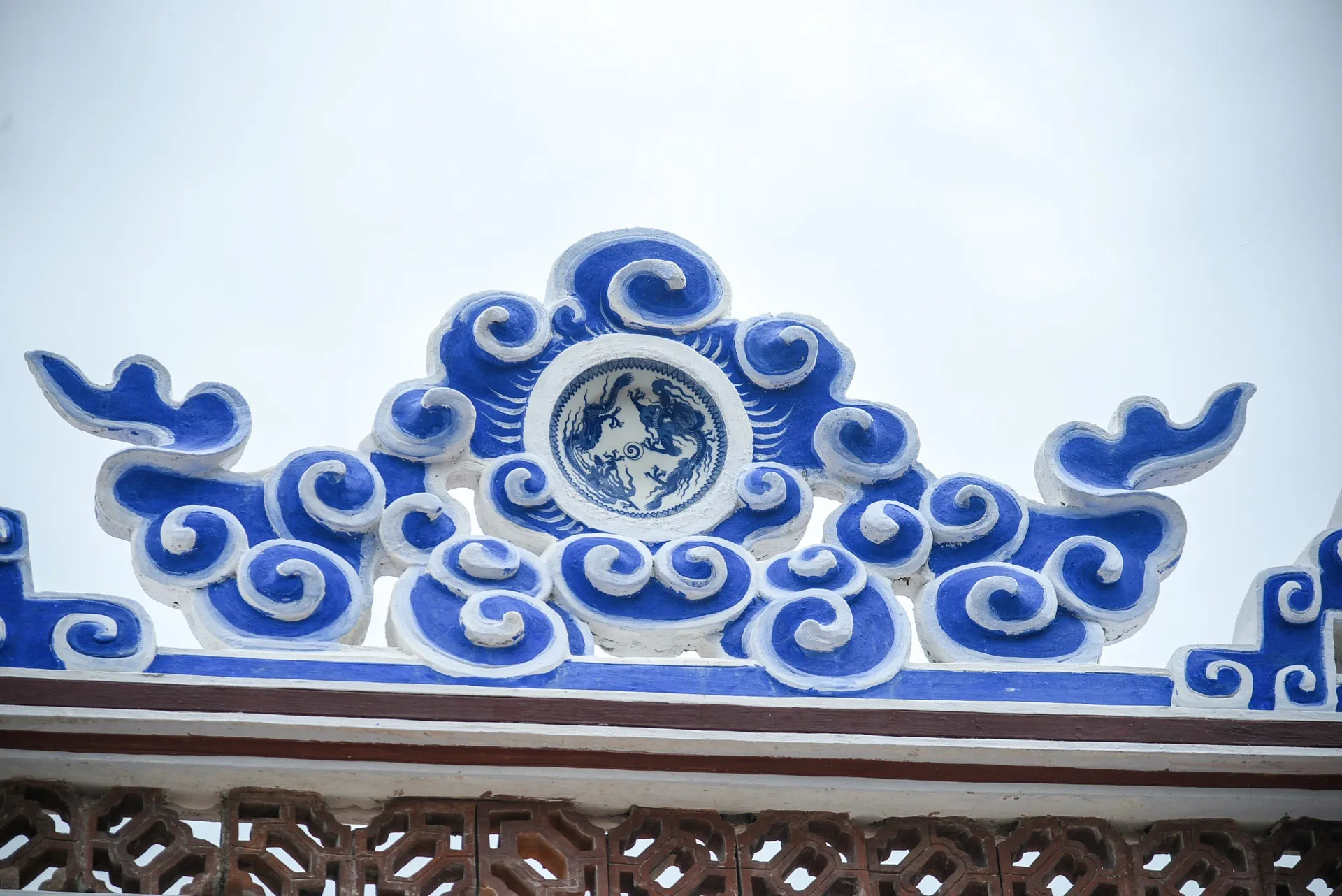
Decorative motifs on the tiled roof after restoration.
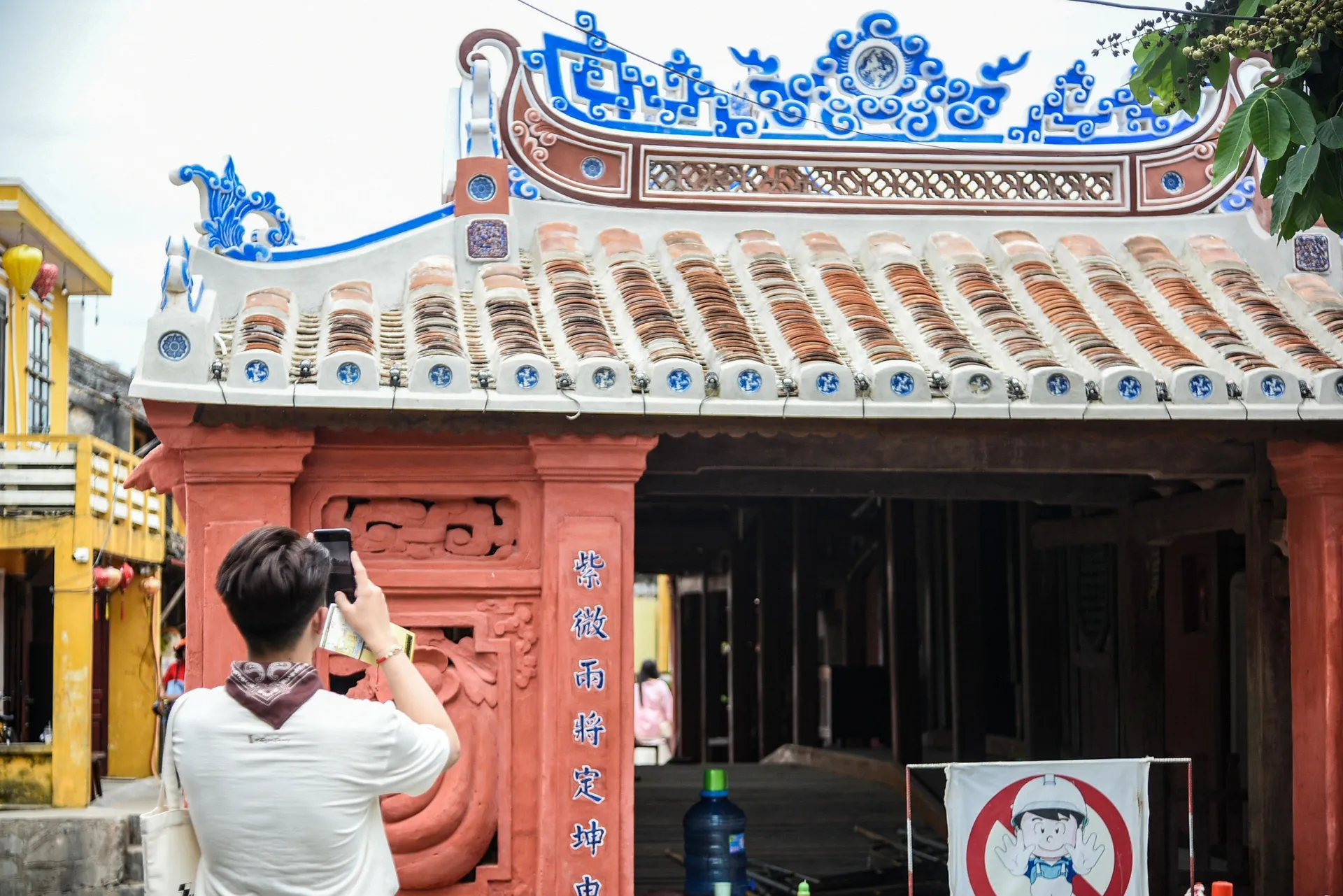
Over 400 years of history, the Japanese Covered Bridge has become a symbol of the ancient town, contributing to making Hoi An a worthy World Cultural Heritage. The Japanese Covered Bridge was recognized as a National Historical and Cultural Relic in 1990. The image of the Japanese Covered Bridge is printed on the current 20,000 VND polymer banknote of Vietnam.
Source: https://vtv.vn/xa-hoi/ngam-dien-mao-moi-cua-chua-cau-hoi-an-sau-gan-2-nam-trung-tu-20240728152658232.htm


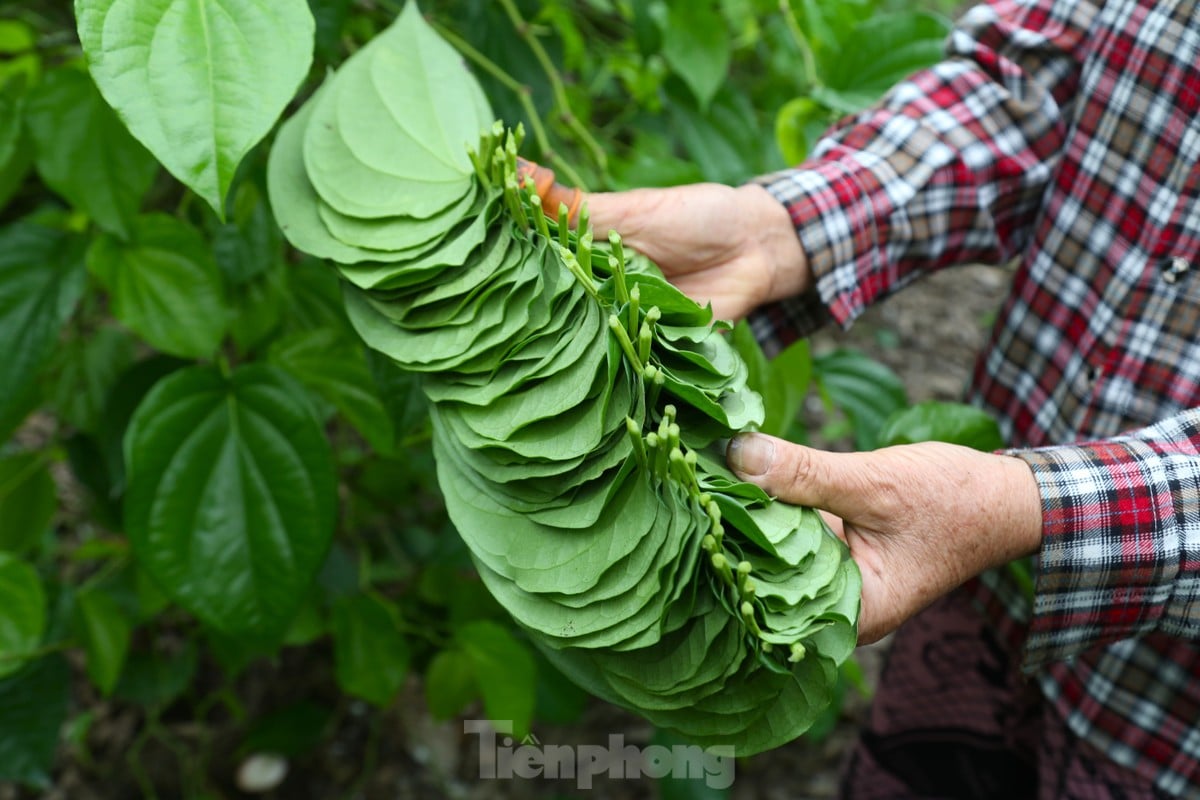

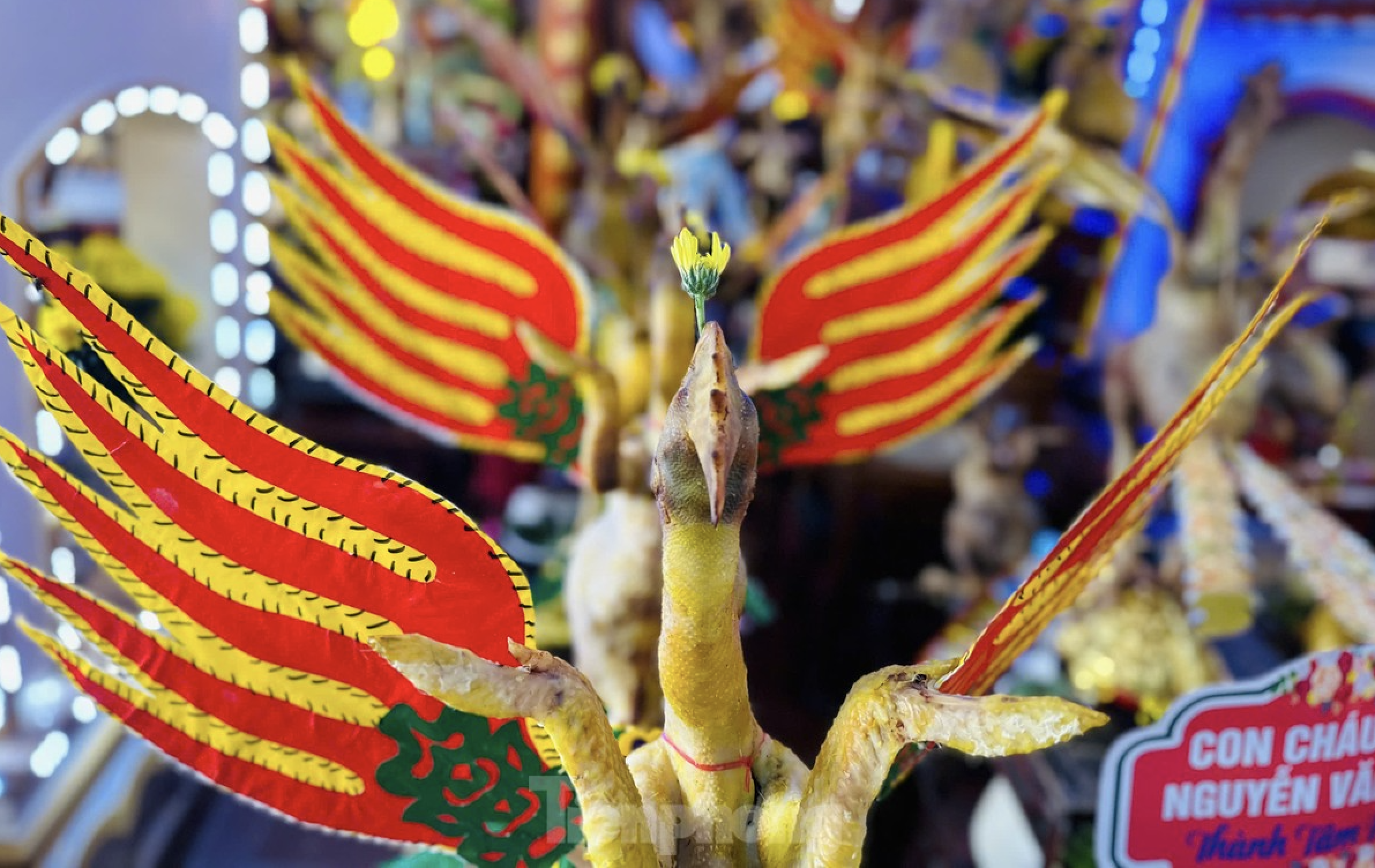
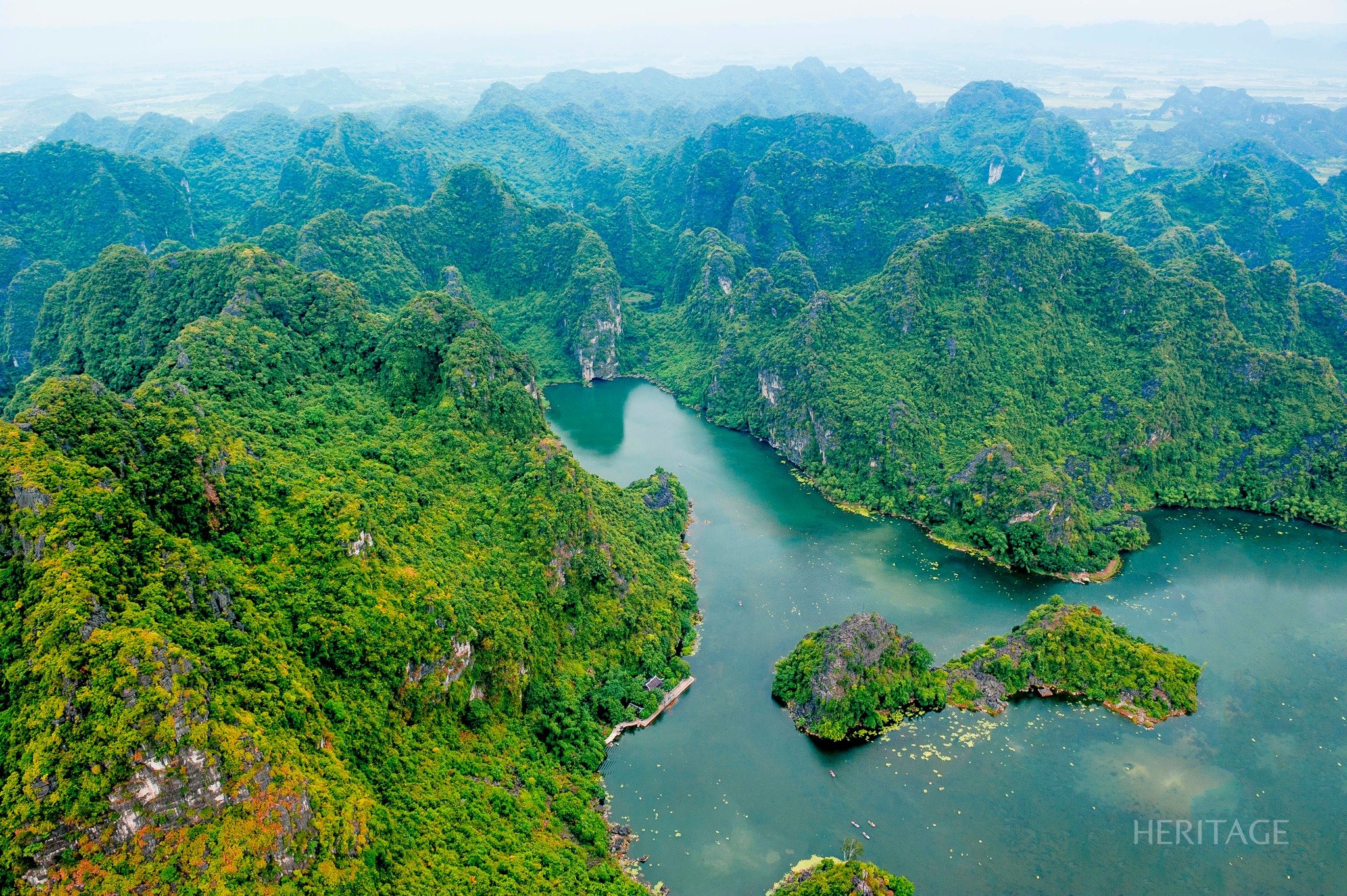
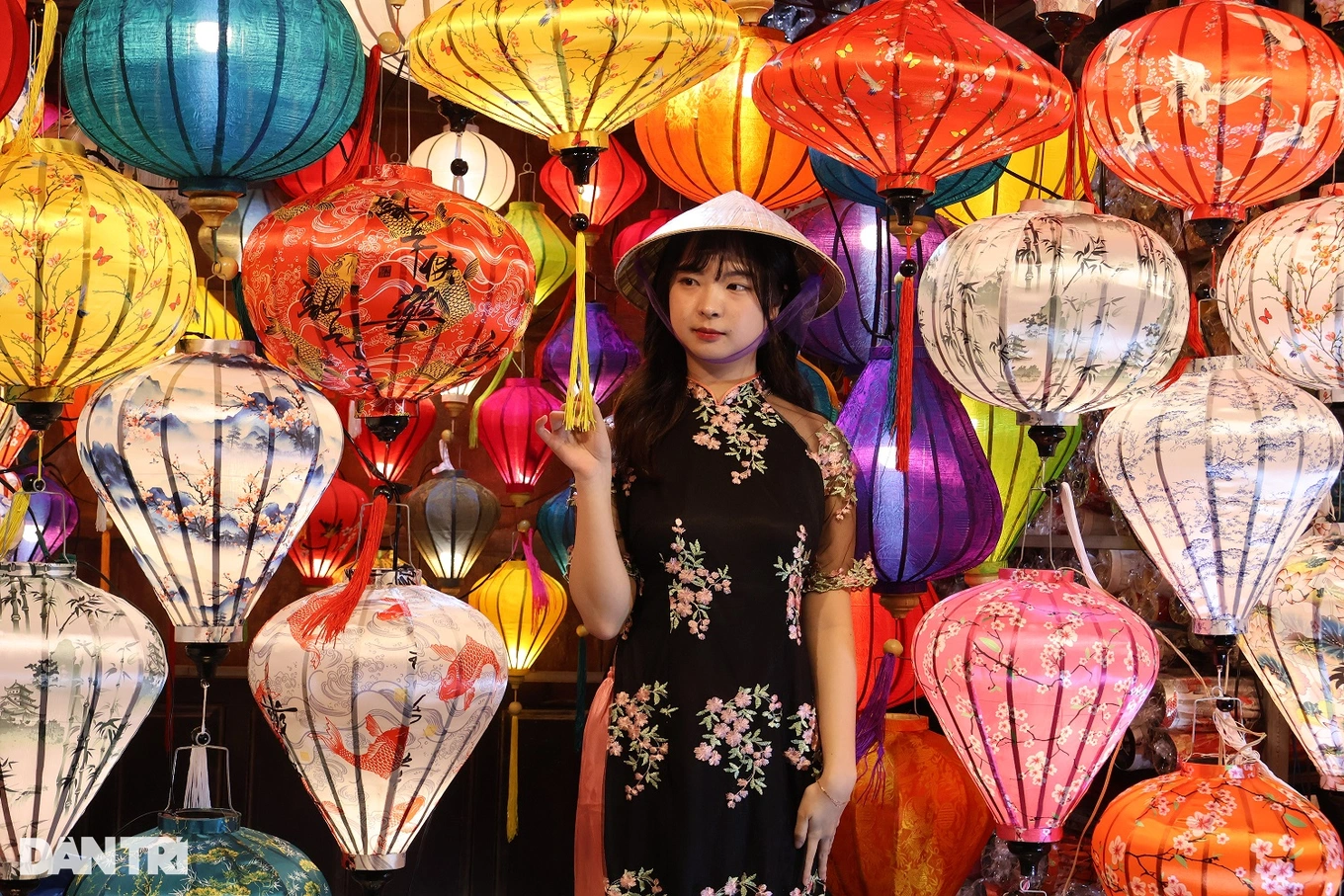

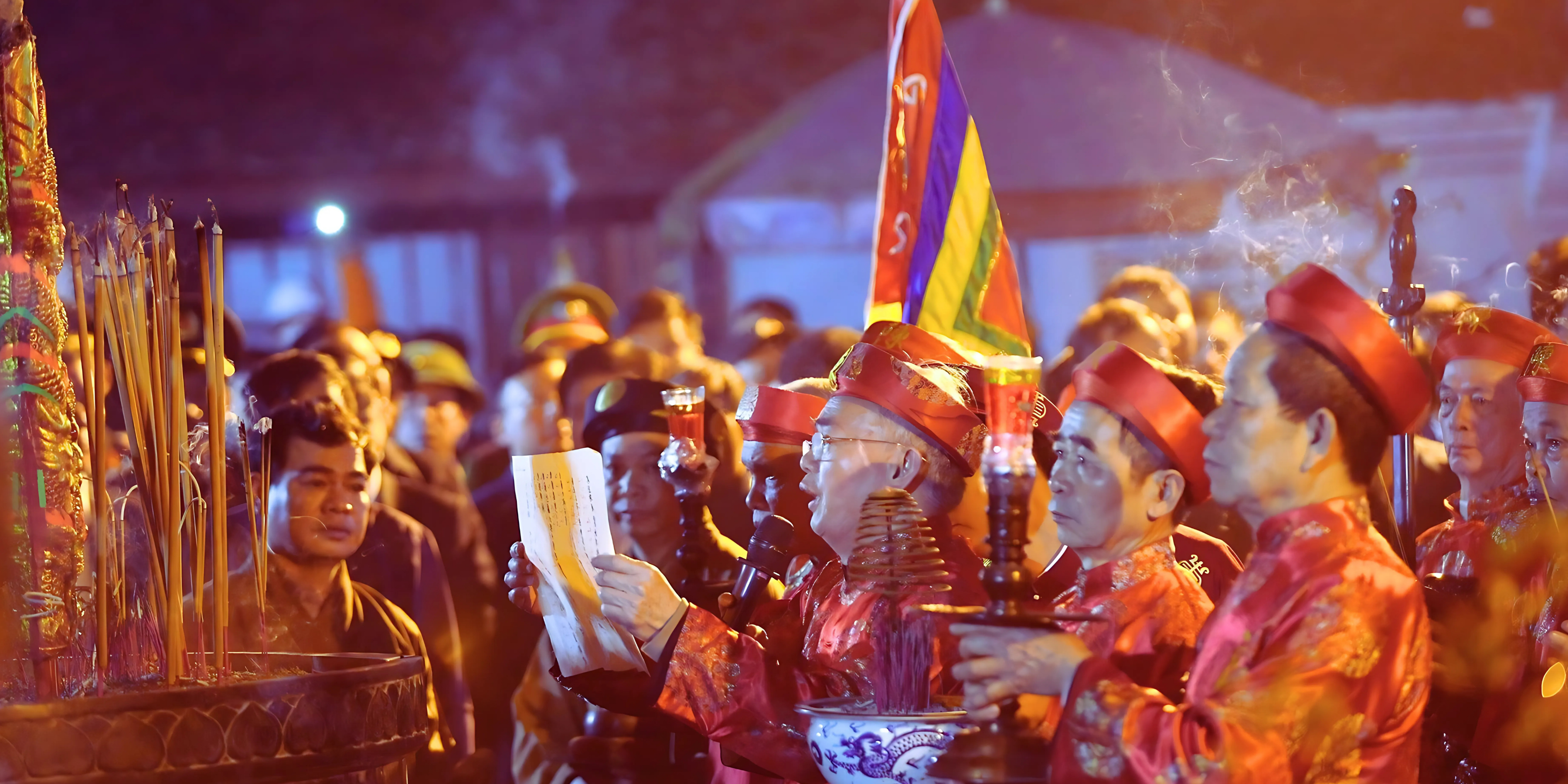
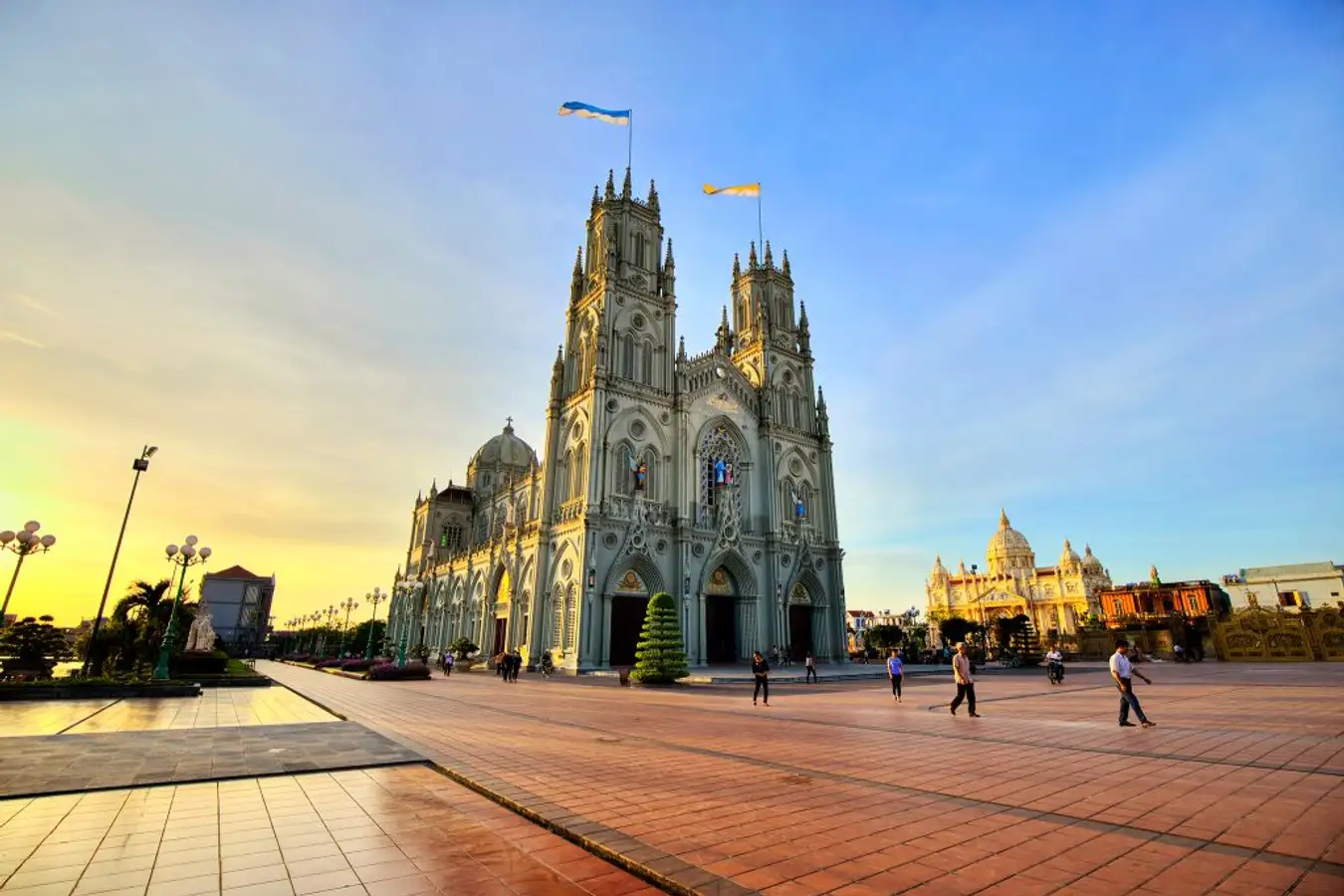





















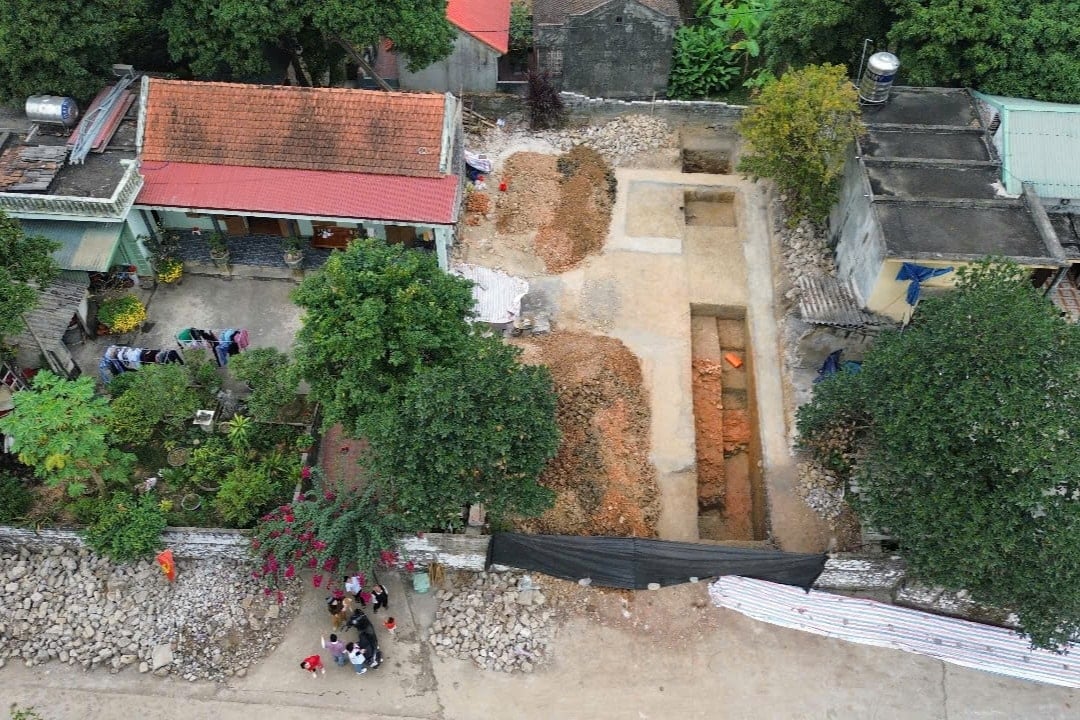

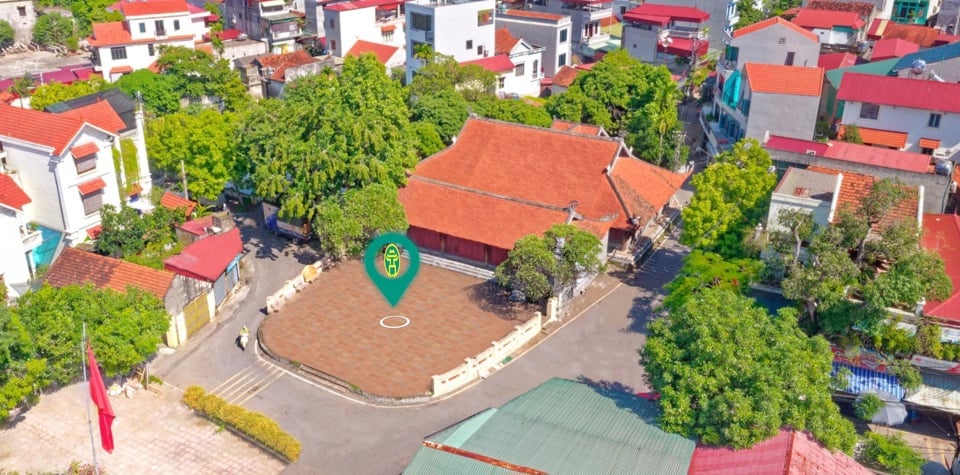

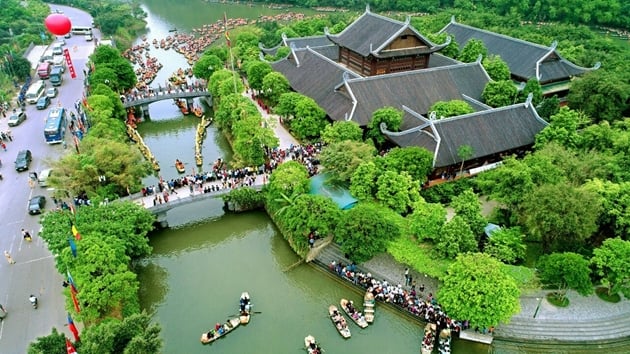



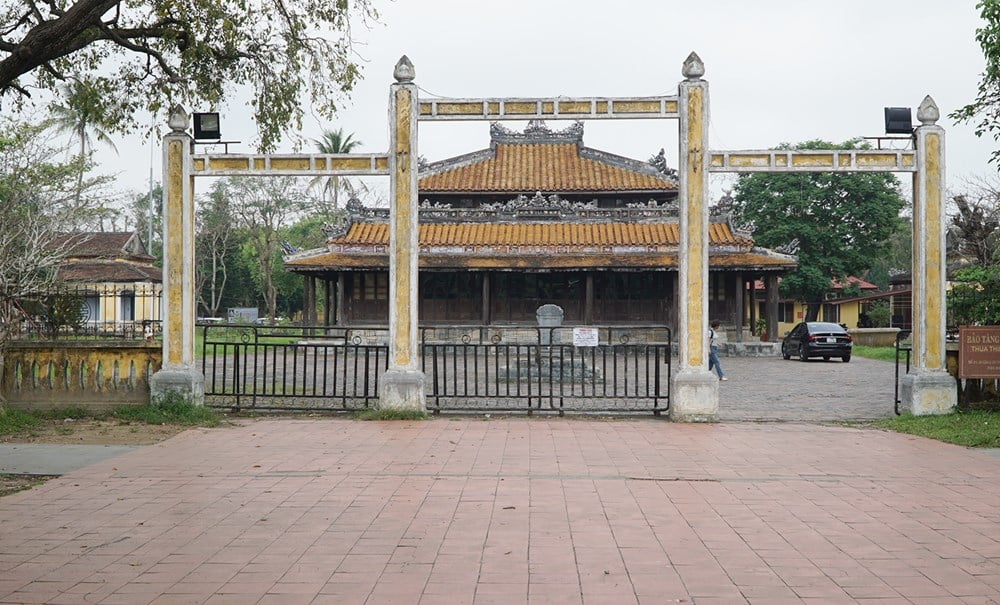

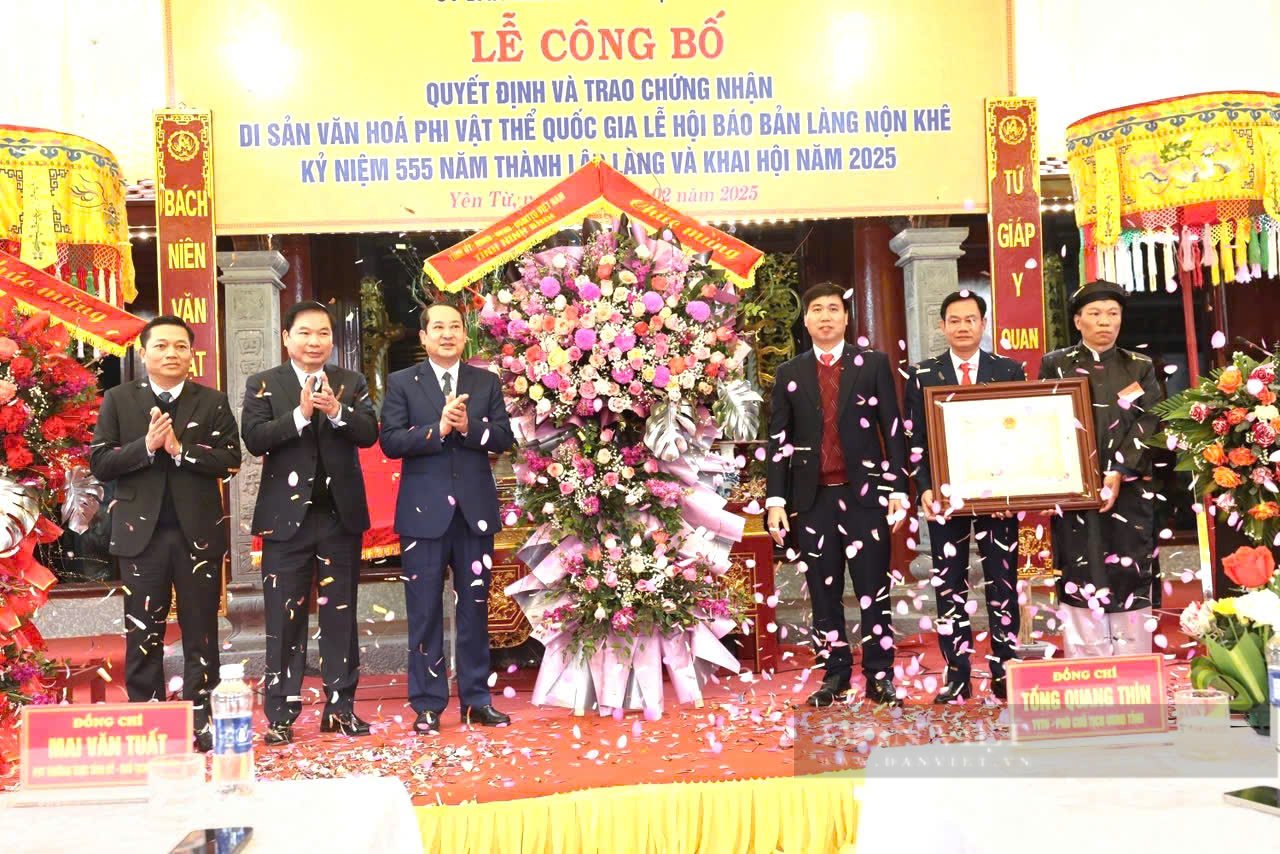

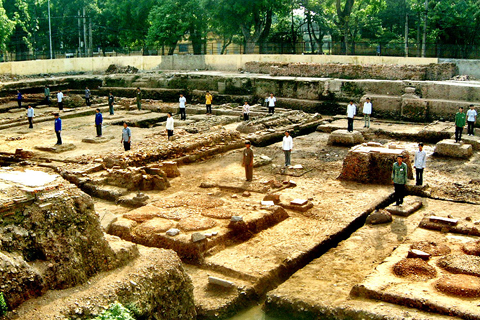
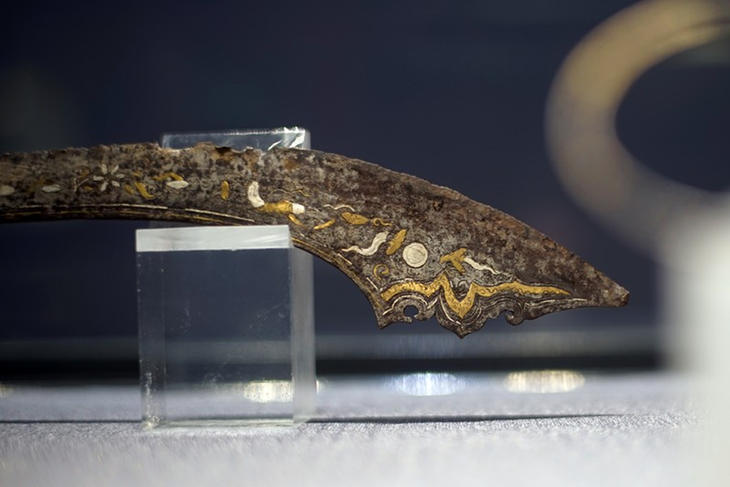
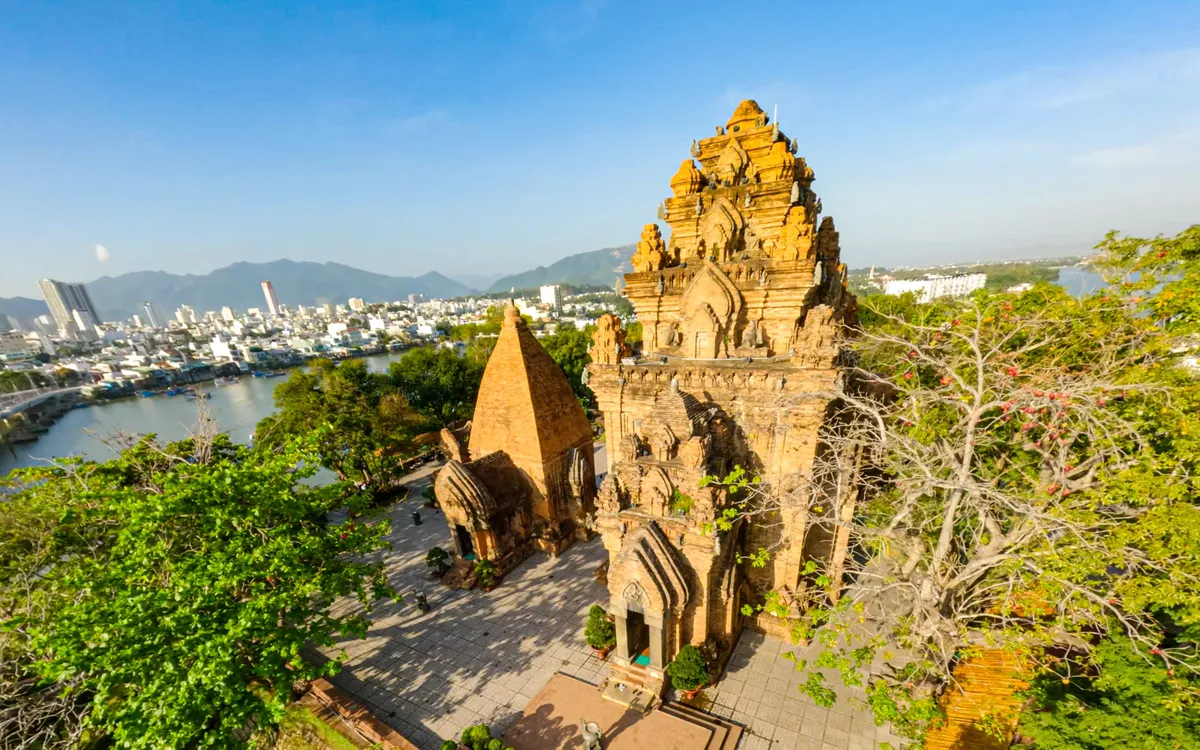
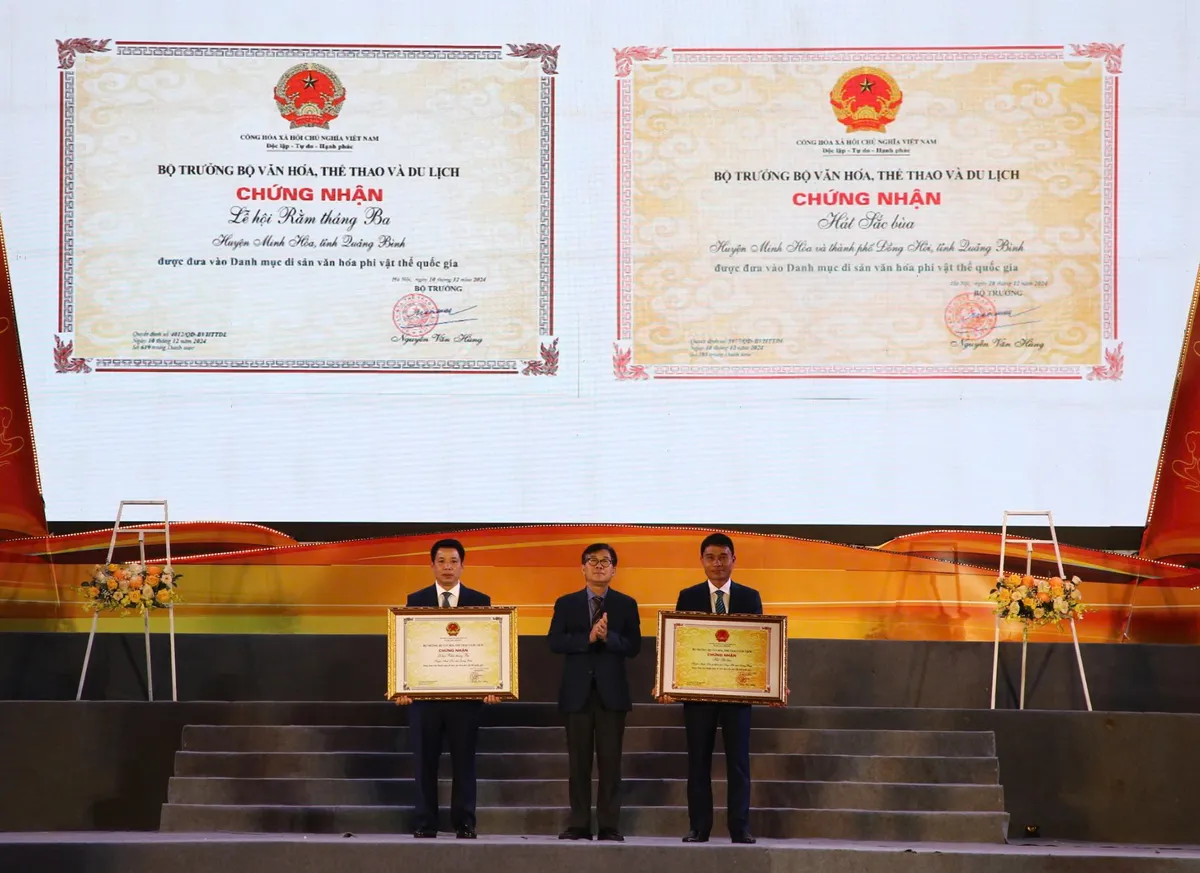
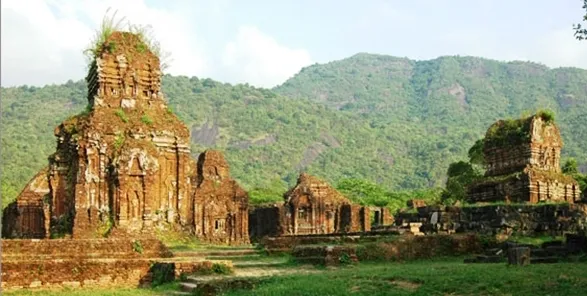
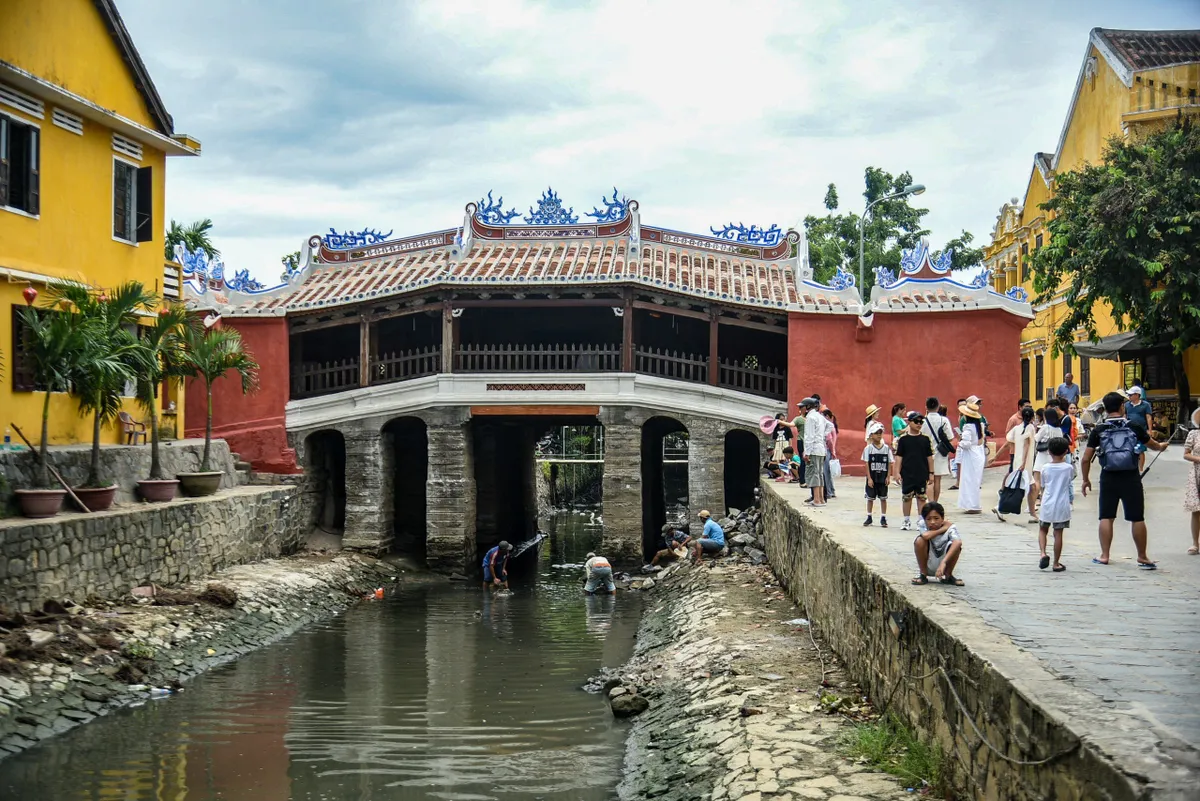
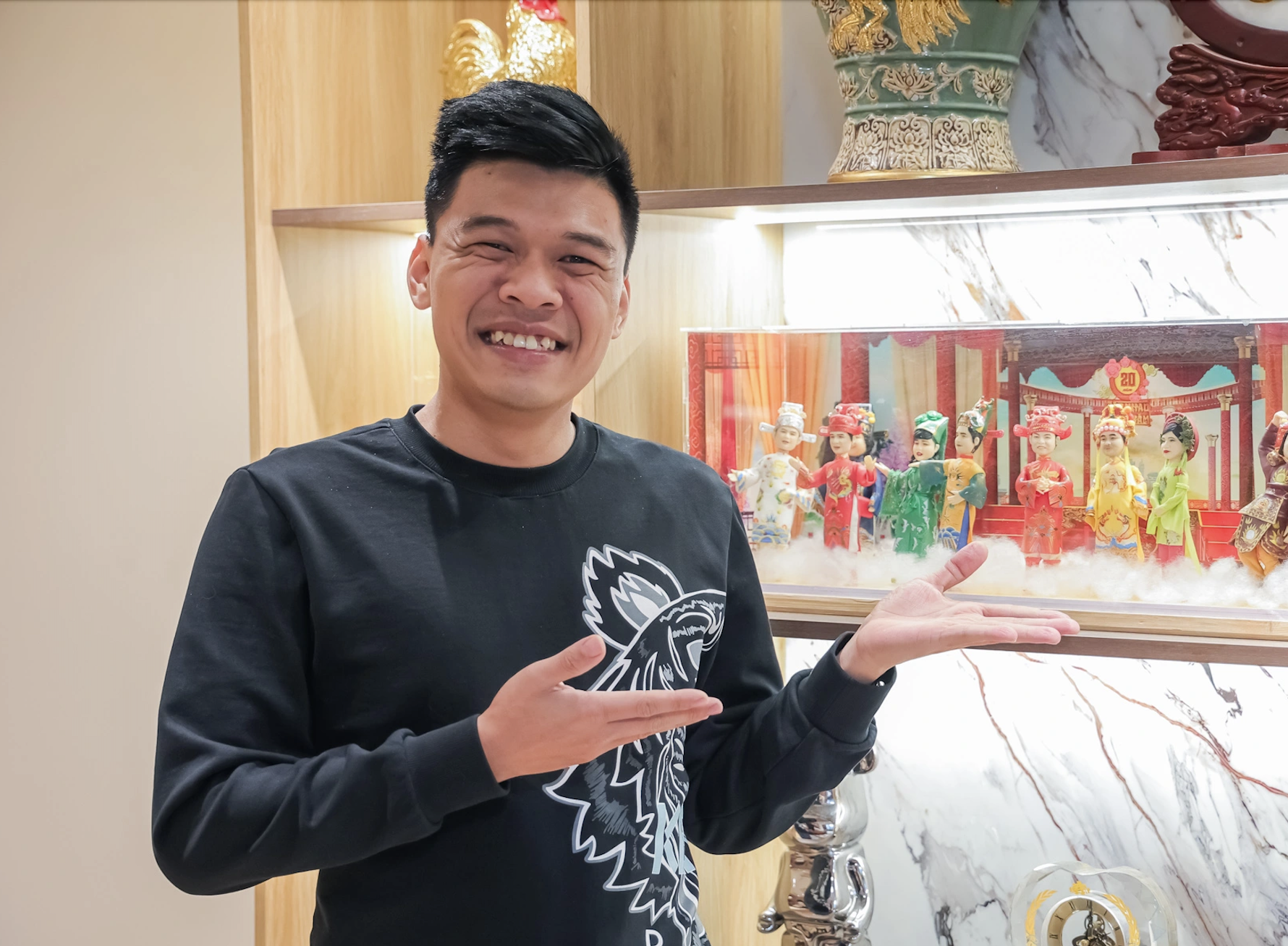
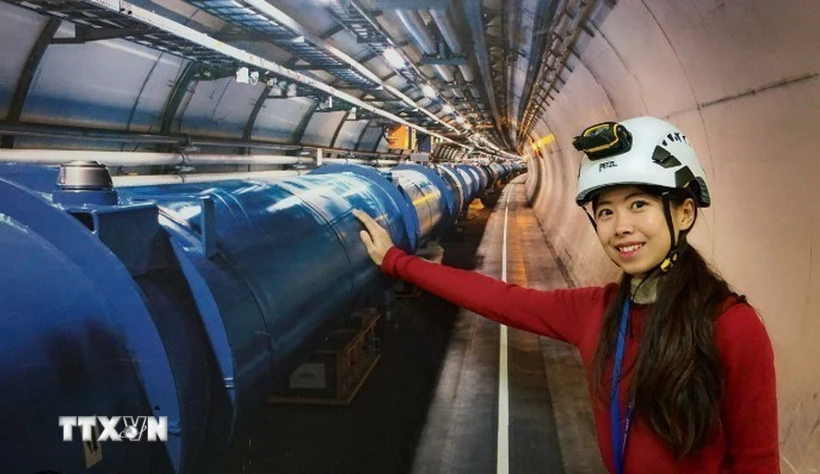





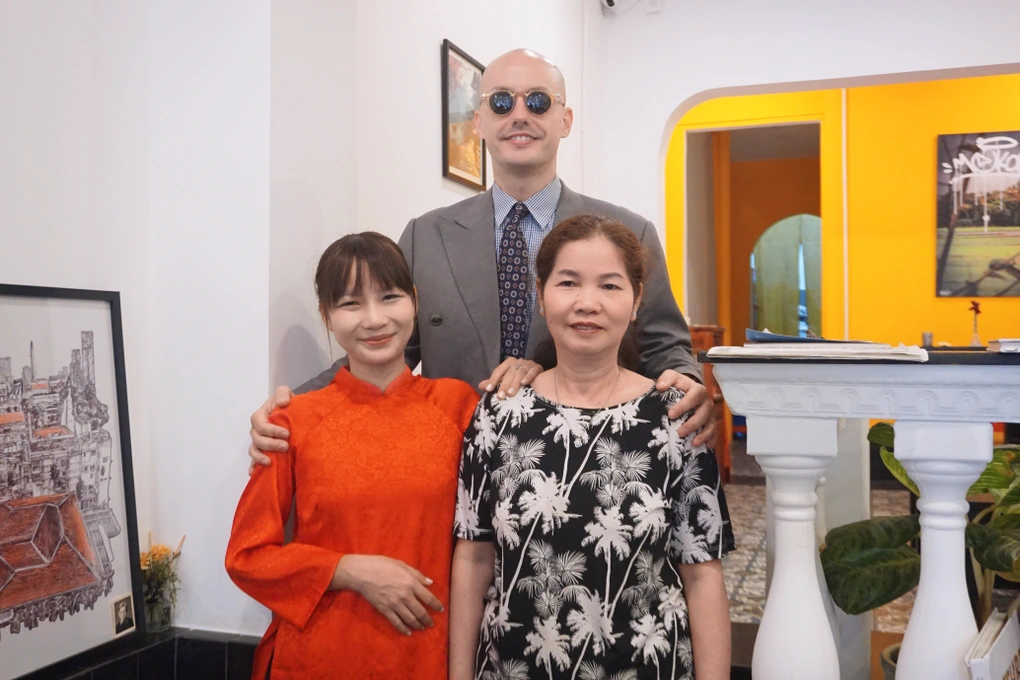
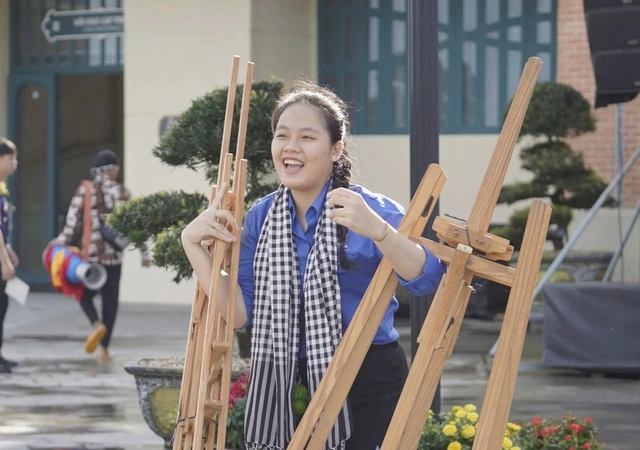




Comment (0)